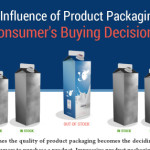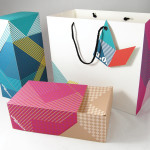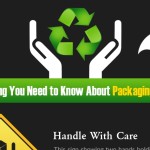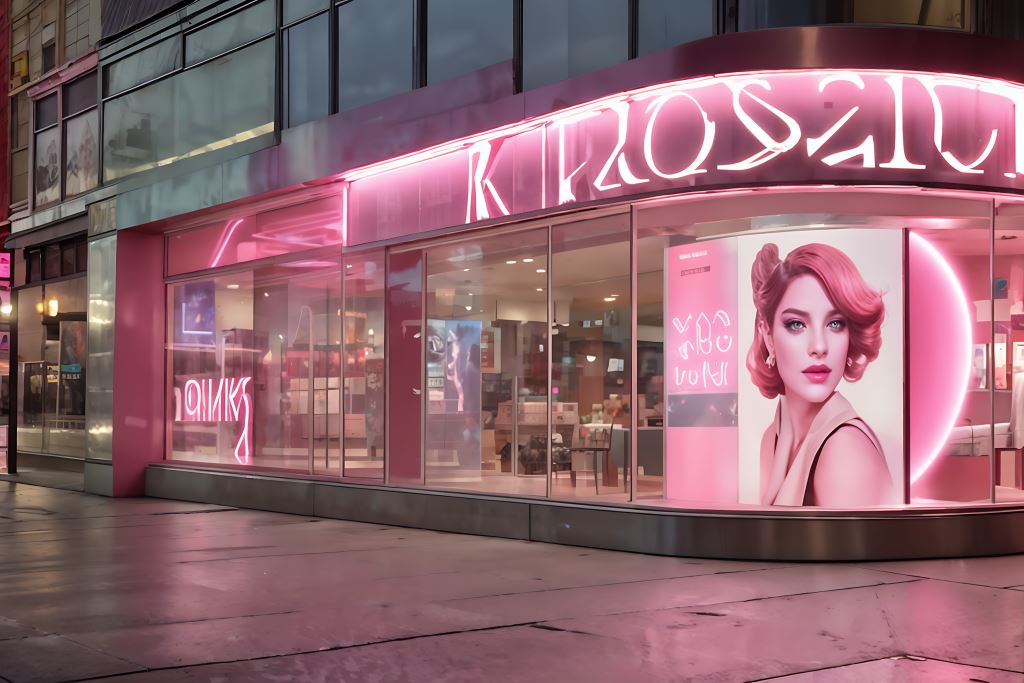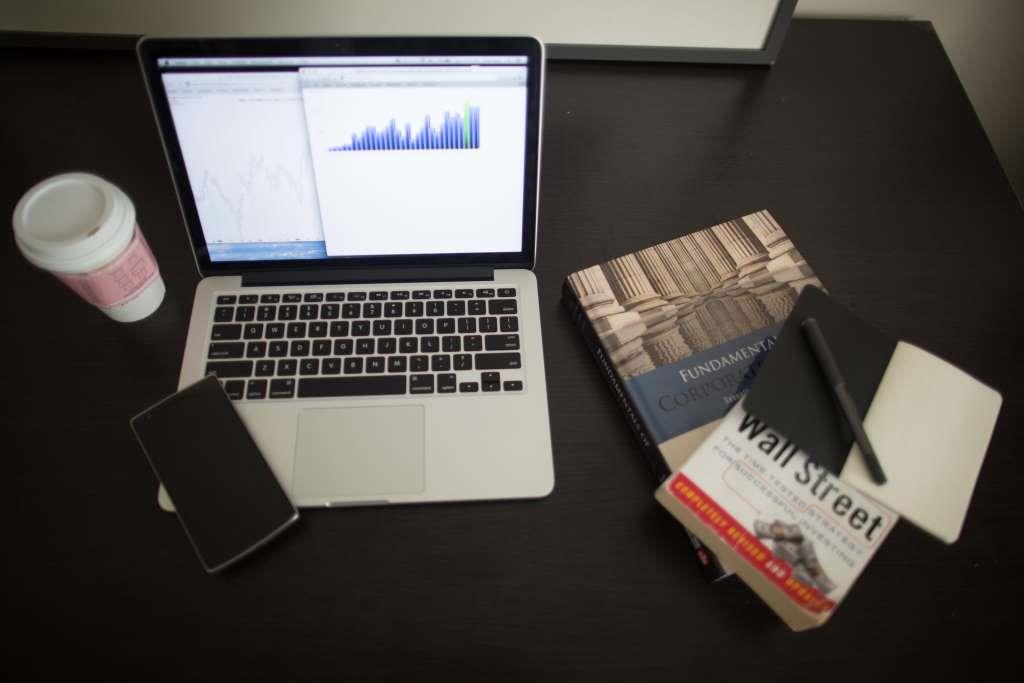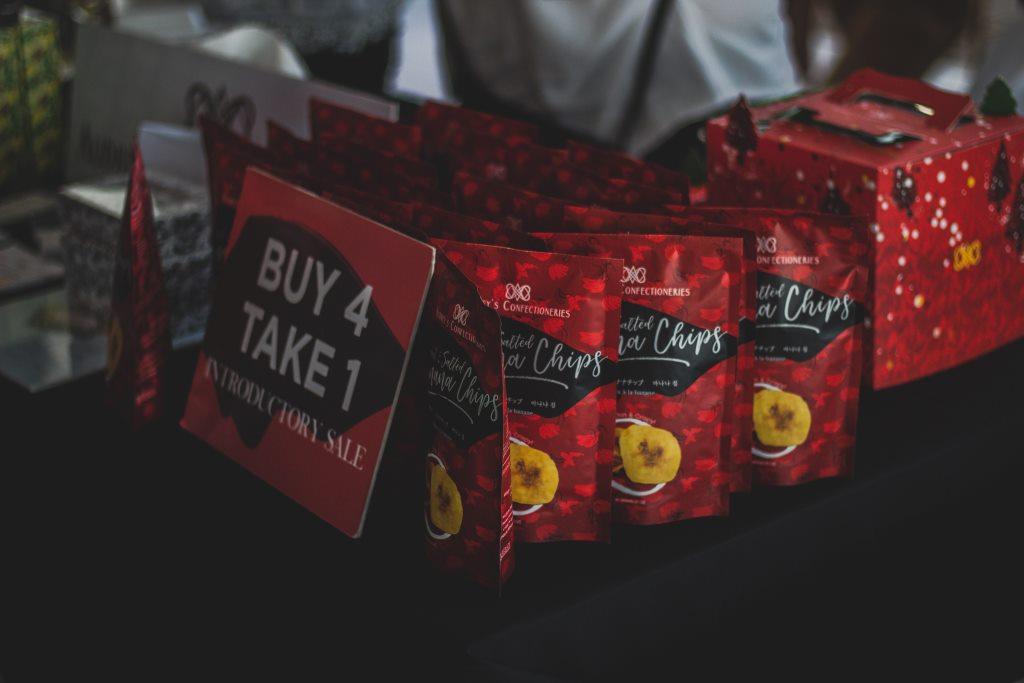
The right packaging for any product maximizes protection, usability and consumer appeal while minimizing materials (and hence weight and cost). This means that choosing the right packaging can do a lot to help sell your product. With that in mind, here are some tips to help.
Start by setting a budget
Realistically, your initial budget is likely to be more of a ballpark estimate than an exact figure. Even so, it should be a helpful guideline while you’re making decisions. Ideally, you should allow yourself a little room to manoeuvre. You are probably going to have to deal with production costs fluctuating somewhat, especially if you’re using international suppliers.
Assess the specifications of your item
You need to know the exact dimensions and weight of your product. If this may vary, then you need a strategy to address it. There are basically two options. Firstly, you could go for the “one-size-fits-all” approach. That means exactly what it says, you design packaging suitable for all the different variations of your products.
Secondly, you can go for the custom approach. This is where you create one packaging option for each variation. These will typically be variations on a theme. In fact, usually, only the sizing will change. Often, the most pragmatic strategy is to blend these two approaches. In other words, you’d have a few key packaging options to cover multiple product variations.
Decide if your packaging needs to fold
It’s advisable to decide this early as your decision here could have a knock-on impact on decisions further down the line. The key point to remember is that folding packaging may not be as strong as non-folding packaging. This means that you may need to increase the amount of material used to ensure that the weight is supported, particularly at the base.
On the one hand, this does go against the general principle of minimizing the use of material. On the other hand, there are so many advantages to folding packaging that it can often be justified. Folding packaging is often vastly more convenient for both the seller and the buyer, essentially for the same reason, namely it’s compact.
For sellers, this means that shipping charges are lower and storing packing is easier. For buyers, it means that it’s easier either to store packaging for reuse or to put it out for recycling. With non-folding packaging, you generally have to tear it up by hand or live with your recycling bin getting very full very quickly.
Think about how your product will be transported
Firstly, are you having your goods manufactured in the UK or overseas? If it’s the latter, then your goods will probably be transported to the UK by ship. Secondly, are you selling through retailers or direct to consumers or a mixture of both?
If you’re selling to retailers, you’ll usually have to send bulk packages to them by HGV. These will then be split into retail packages for onward sale. Some retailers may deliver at least some of these retail packages, usually in HGVs. Other retail packages may be taken home by the customers themselves. This will often be by car (especially for large items) but could be on public transport or even on foot.
If you’re selling directly to consumers, you’ll need to think about the practicalities of delivery services. Unless you’re prepared to pay for premium services, you need to accept that your packages are going to have to survive rough handling. In fact, even if you are using premium services, it’s usually best to be on the safe side with packaging.
Consider your package’s lifecycle
Thinking about your use of transport should give you a clear idea of what your product has to survive before it actually gets to your retailer or customer. Your next step is to think about what they will do with it.
In the case of retailers, that’s generally pretty straightforward. They’re going to keep the outer packaging until all the products inside have been put on shelves. Then they’re going to discard it. Retailers typically prefer compact, recyclable packaging (such as foldable cardboard boxes). This generally has the lowest removal cost.
In the case of customers, however, the situation can become a bit more complicated. Firstly, you need to think about whether or not the customer will need to keep the packaging for the lifetime of the product. Then you need to decide whether or not you want to try to encourage them to hold onto the packaging once they have finished the product.
Finally, you need to think about the customer’s options for disposing of the packaging when they need/want to do so. Modern customers typically have a strong preference for packaging that they can recycle in some way. This doesn’t have to mean via local authority recycling points. It can also mean composting it or even eating it.
Think about what materials you could use
Make a list of all the materials you could use for your packaging. This may be tedious and you may think that some of the options are obvious discards but make it anyway. Then work through your list until you find the most appropriate option(s). Take your time with this exercise because it can be extremely tricky.
In general, you’ll need to balance cost, practicality and sustainability. For example, plastic is often cost-effective and practical but not always very sustainable, although plastic can give you some creative flexibility when it comes to design and shape.
If you want packaging material that is much more sustainable, then you may want to think about materials that can be easily recycled. Glass, by contrast, is very sustainable but also very expensive and not always very practical.
Decide what needs to be on your packaging
By this point, you should have a decent idea of the basic format of your packaging. There is, however, one further element to consider before you move onto branding. You need to check if there are any elements that need to go on your packaging. These would typically be safety guidelines and/or general usage instructions. If so, then these need to be placed first. Any branding needs to be fitted on the space left over.
Nick Mills
Latest posts by Nick Mills (see all)
- How can your business reduce packaging waste? - December 29, 2022
- Use of Plastics in Food Packaging – Know Which Types are Suitable and Safe - January 14, 2022
- Which Kind of Packaging is Right for Your Product - October 10, 2021







